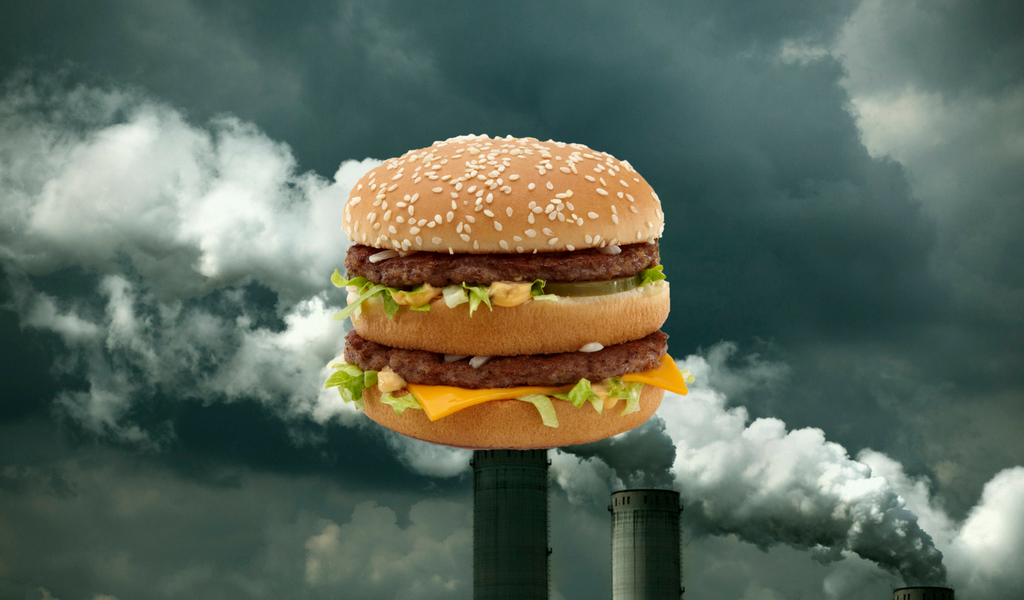


However, this theory can be criticised for ignoring shipping costs, which will vary depending on how far the product is delivered from its "single place" of manufacture in China. In 2007, an Australian bank tried a variation the Big Mac index, being an " iPod index": since the iPod is manufactured at a single place, the value of iPods should be more consistent globally. For example, in January 2004, it showed a Tall Latte index with the Big Mac replaced by a cup of Starbucks coffee. The Economist sometimes produces variants on the theme. As of April 2009, the Big Mac was trading in Germany at €2.99, which translates into US$3.96, which would imply that the euro was trading above the PPP, with the difference being 10.9%. The Eurozone is mixed, as prices differ widely in the EU area. the pound was thus overvalued against the dollar by 28%.this compares with an actual exchange rate of $2.00 to £1 at the time.the implied purchasing power parity was $1.56 to £1, that is $3.57/£2.29 = 1.56.the price of a Big Mac was £2.29 in the United Kingdom (varies by region).the price of a Big Mac was $3.57 in the United States (varies by store).This value is then compared with the actual exchange rate if it is lower, then the first currency is under-valued (according to PPP theory) compared with the second, and conversely, if it is higher, then the first currency is over-valued.įor example, using figures in July 2008: The Big Mac PPP exchange rate between two countries is obtained by dividing the price of a Big Mac in one country (in its currency) by the price of a Big Mac in another country (in its currency). For these reasons, the index enables a comparison between many countries' currencies. The Big Mac was chosen because it is available to a common specification in many countries around the world as local McDonald's franchisees at least in theory have significant responsibility for negotiating input prices. In the Big Mac Index, the basket in question is a single Big Mac burger as sold by the McDonald's fast food restaurant chain. One suggested method of predicting exchange rate movements is that, according to the law of one price, the rate between two currencies should naturally adjust so that a sample basket of goods and services should cost the same in both currencies.

The index also gave rise to the word burgernomics. I just took it more seriously than anyone else.The Big Mac index was introduced in The Economist in September 1986 by Pam Woodall as a semi-humorous illustration of PPP and has been published by that paper annually since then. More locations of course meant a lot more burgers and Kroc wasn't shy about his role in elevating McDonald's burger sales, even bragging "I didn't invent the hamburger. Just two years later, Kroc had pushed that number to 400 million. It was the first McDonald's location east of the Mississippi river, and after that, the fast food restaurants (and burger sales) began spreading like wildfire.īy 1958, McDonald's had expanded significantly and sold 100 million burgers with Kroc on the team. By the time Kroc opened his first McDonald's location in Del Plaines, Illinois, in 1955, McDonald's boasted that it had sold over 15 million burgers - only seven years after the McDonald brothers re-opened their humble burger stand. Under his drive to expand, McDonald's burger sales exploded. It was in 1954 though that everything really changed and the brothers went into a business with Ray Kroc, a milkshake salesman who envisioned McDonald's moving well beyond the West Coast. From how many burgers are sold a second, to how McDonald's moves its product so quickly, and who came up with the burger count on the sign idea, here's everything you ever wanted to know about the Golden Arches and their burger boasting. Just how many millions and billions of hamburgers has McDonald's sold over the years? Obviously, it's a lot, but let's get down to the nitty gritty with the numbers of this global burger machine. Those burger stats have been part of McDonald's identity for decades though - even if those numbers have remained rather stagnant for some time (but we'll get to that later). You don't see any other fast food restaurants bragging about selling a billion burgers on their signs. McDonald's may not be picking up a ton of accolades for having the best burger in the world, but they certainly make up for it with quantity. Those words from Ray Kroc ring shockingly true when you take a moment to think about just how popular McDonald's is around the world. "I put the hamburger on the assembly line" - Ray Kroc.


 0 kommentar(er)
0 kommentar(er)
